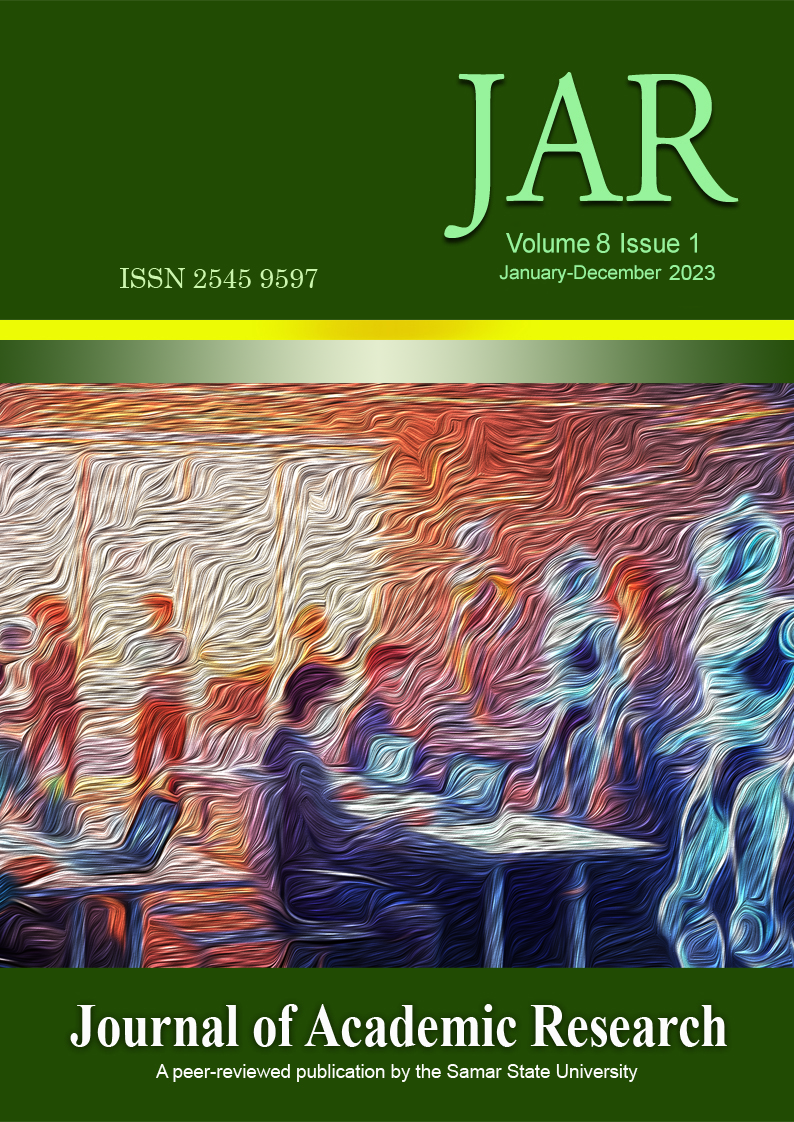Grammar Teaching Perceptions among Samar Barangay Officials: An Analysis of Variations
Abstract
This study explores grammar into the perceptions of grammar teaching among Samar barangay officials in response to global and national demands for English proficiency. The primary objectives encompass evaluating officials' views on grammar teaching in local governance, identifying areas requiring improvement, and exploring potential variations based on gender. Employing a comparative descriptive research design, the study focuses on barangay officials in Western Samar, employing probability cluster sampling for inclusivity. A Likert-scale questionnaire, modified for reliability, guides both quantitative and comparative analyses. Results indicate commendable proficiency in language usage among officials. However, critical concerns surface regarding perceptions of grammar roles, emphasizing the necessity for targeted training interventions. While fair to good perceptions in instructional approaches, knowledge, and practices suggest a moderate level of competence, there is room for enhancement, particularly in explicit grammar teaching and problem-solving. Sex-based comparisons reveal nuanced variations, emphasizing the need for tailored interventions. In conclusion, the study recommends a comprehensive training program that seamlessly integrates effective communication strategies with role-specific grammar training. This approach aims to augment the overall effectiveness of Samar Barangay Officials in teaching grammar within the sphere of local governance. The study underscores the significance of gender-specific considerations in training initiatives, advocating for a more inclusive and effective enhancement of grammar-related roles among officials. Such interventions align with the broader goal of elevating English proficiency in response to the evolving linguistic demands at both national and global levels.


